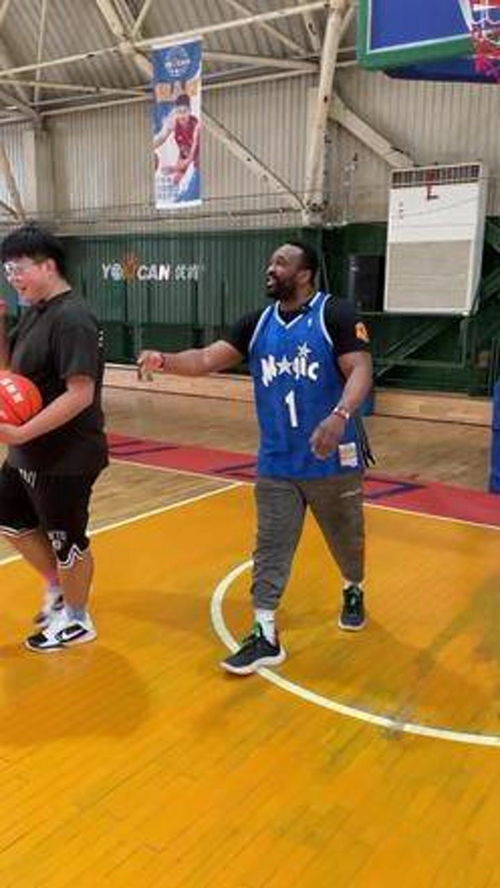打篮球受伤如何承担责任
First Aid Measures for Basketball Injuries
Basketball is a fastpaced and physically demanding sport, and injuries can occur despite players’ best efforts to prevent them. Having knowledge of first aid measures is crucial for players, coaches, and anyone involved in basketball activities. Below are some common basketball injuries and the corresponding first aid measures:
Symptoms: Pain, swelling, bruising, difficulty walking.
First Aid: RICE method (Rest, Ice, Compression, Elevation). Rest the affected ankle, apply ice packs for 1520 minutes every few hours, use compression bandages to reduce swelling, and elevate the ankle above heart level.
Symptoms: Deformity, severe pain, swelling.
First Aid: Immobilize the finger by splinting it with a rolledup bandage or a stick, apply ice to reduce swelling, and seek medical attention immediately.
Symptoms: Cuts, bruises, nosebleeds.
First Aid: Apply direct pressure to stop bleeding, clean the wound with antiseptic wipes, and apply sterile dressings. For severe injuries or suspected fractures, seek medical help.
Symptoms: Headache, dizziness, confusion, nausea.
First Aid: Remove the player from the game and assess for signs of concussion. Keep the player still and calm, monitor their condition closely, and seek medical evaluation. Do not allow the player to return to play until cleared by a healthcare professional.
Symptoms: Knee pain, swelling, instability.
First Aid: Immobilize the knee with a splint or knee brace, apply ice packs, and elevate the leg. Refrain from putting weight on the injured leg and seek immediate medical attention.
Symptoms: Profuse sweating, weakness, dizziness, confusion.
First Aid: Move the person to a cool, shaded area, loosen tight clothing, and give them water to drink. Apply cool compresses and fan the person to lower body temperature. If symptoms worsen or include fainting, seek emergency medical help.

Remember, while these first aid measures can provide initial relief and support, it's essential to seek professional medical evaluation and treatment for any significant or persistent injuries. Prevention through proper warmup, conditioning, and adherence to safety guidelines is also key to reducing the risk of injuries in basketball.
